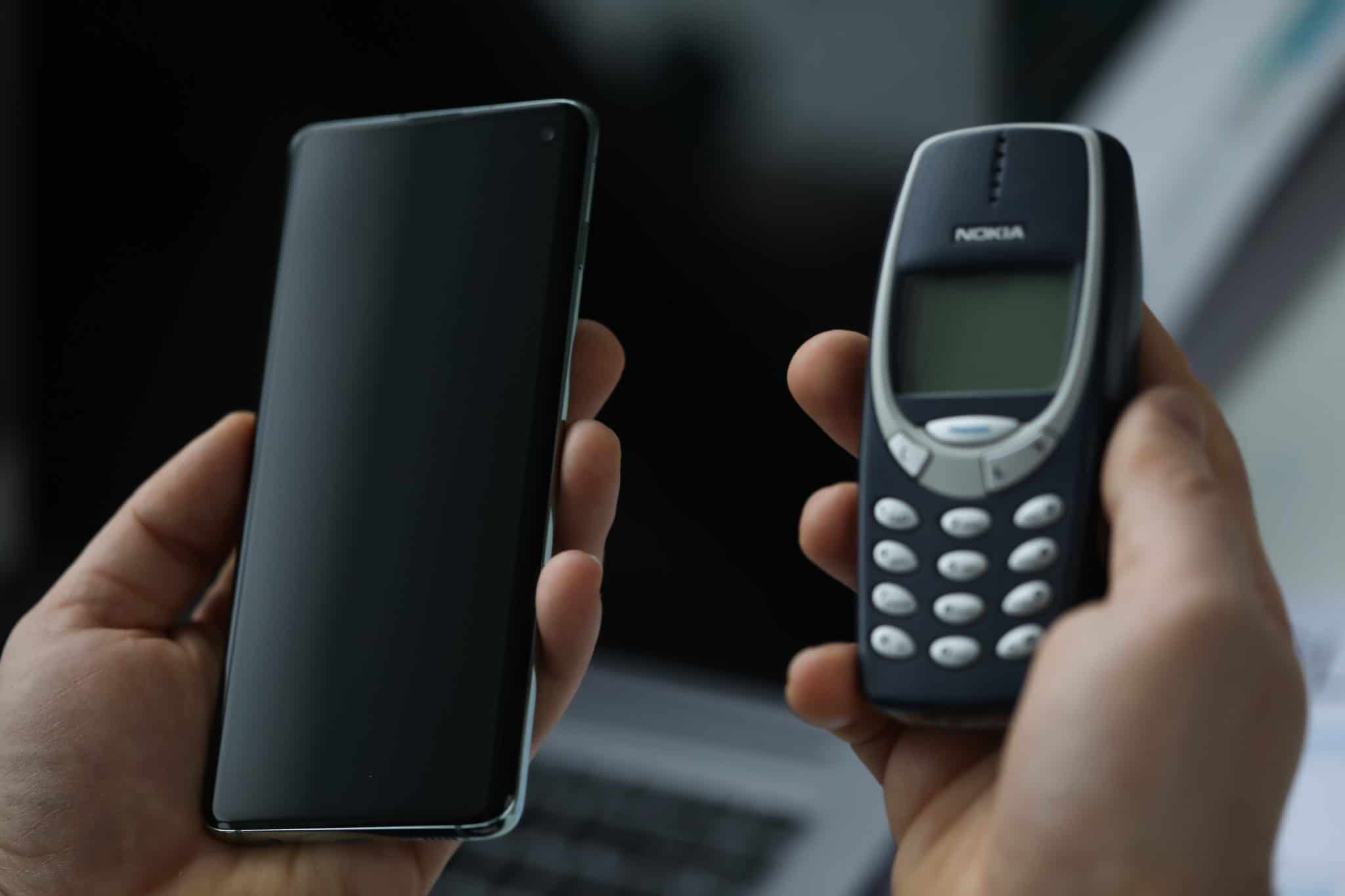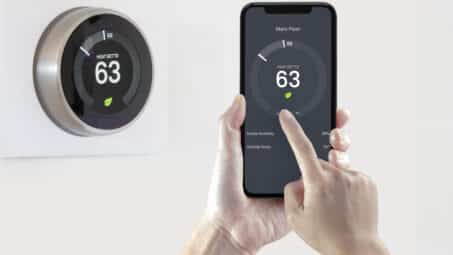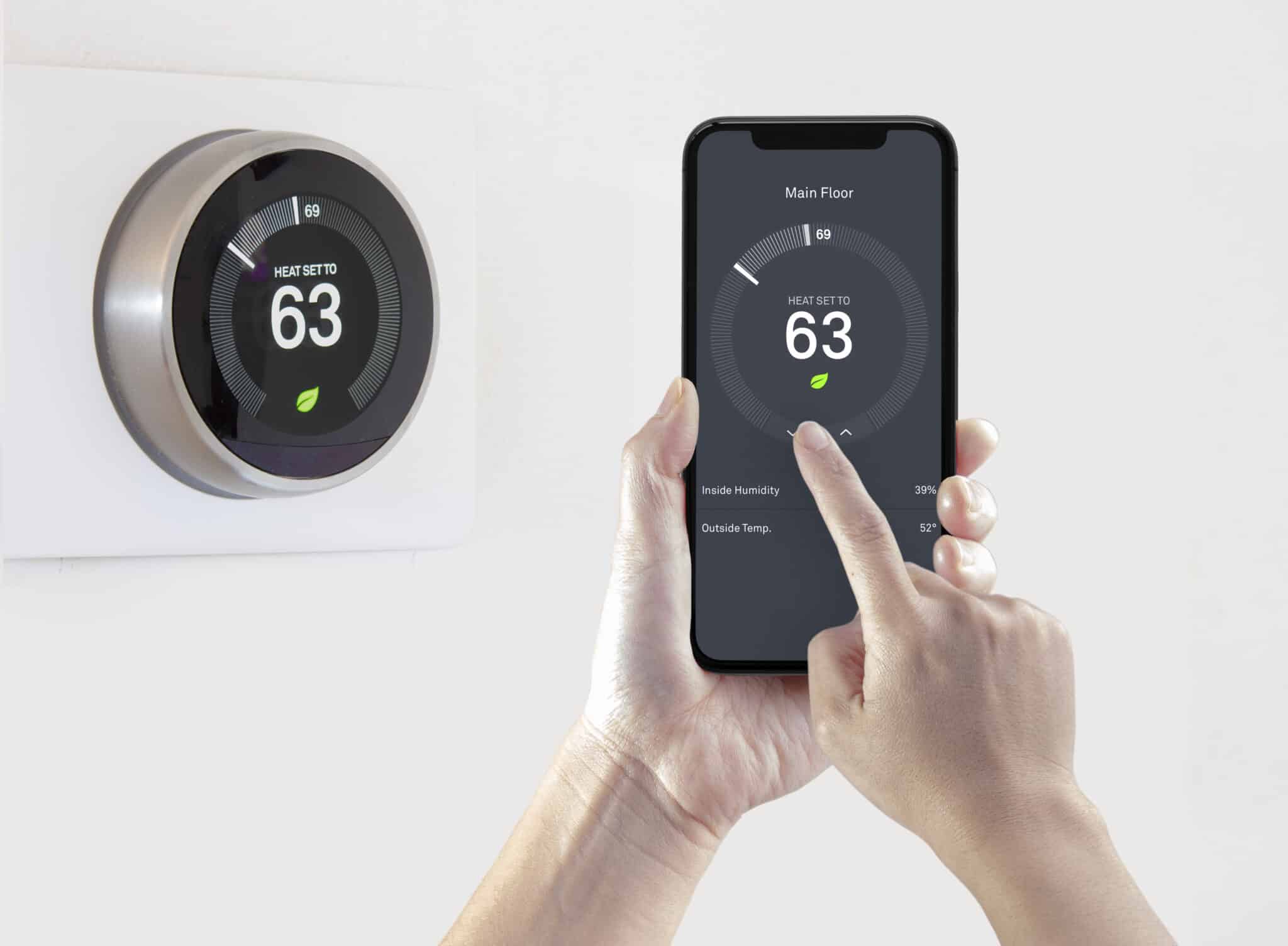The evolution of technology over the past couple of decades has been astounding. We live in a world where artificial intelligence (AI) is becoming smarter each year, and technology is an integral part our daily lives. However, many of us still feel a strong sense of nostalgia when we think back to the old technology of the early 2000s.
Here we’ll take a trip down memory lane to remember our favorite old technology and look at how it has evolved over the past two decades.
Mobile Phones Become Smart
Twenty years ago the most popular mobile phone on the market was the Nokia 6100. This phone was revolutionary at the time because it was the first to include a full-color display. Previously, mobile phone displays (if they had one) were an unappealing shade of green. It’s safe to say the Nokia 6100 made color displays popular.
The next big smartphone milestone was the release of the first iPhone in 2007. This is the device that started the smartphone revolution as we know it. The introduction of a touchscreen display and full web applications were an incredible step up from what we had seen before.
Today, smartphone technology has grown by leaps and bounds over the old technology of the early 2000s:
- Device displays have become larger with higher definition
- Designs have evolved from thick and “blocky” to thin and streamlined
- Processing power has grown exponentially
- The advent of 4G and 5G data connections has made the usability of smartphones soar
Game Consoles Go Hi Def
It’s 2022 and that means the Sony PlayStation 2 (PS2) is now 22 years old and the original Microsoft Xbox is 21 years old. This old technology was among the biggest steps forward in gaming and would pave the way for gaming as we know it today.
Gamers were excited about the PS2 and it’s no wonder—the graphical step up from its predecessor was truly impressive. The PlayStation 1 (PS1) could output a maximum of 640×480 resolution, whereas the PS2 was capable of outputting up to 1920×1080 resolution. This made it the first-ever high-definition game console.
For context, 640×480 resolution is standard definition, so think of the picture quality on an old 1990s tube TV. Conversely, 1920×1080 resolution is commonly referred to as 1080p, so this would be equivalent to the picture quality of a high-definition TV from the 2000s—quite a difference.
We are now in the PlayStation 5 and Xbox Series X/S era, where these consoles are capable of displaying 4K ultra-high-definition video and their processing power is on par with many home computers. These consoles can support apps and have become all-around home entertainment devices that can also stream movies through services like Netflix.
DVD Gives Way to Blu-ray
While VHS tapes were a major advancement in home video technology, the DVD format ultimately replaced this old technology in 1997. DVDs could output at a higher resolution and were immune to those pesky white lines that could appear on your screen, otherwise known as “tracking.” You also didn’t have to rewind DVDs like VHS tapes, which everyone agreed was a huge improvement.
But almost a decade later in 2006, Blu-ray discs came to market. They offered much higher storage capacity than DVDs, meaning Blu-ray movies could hold more extra features and functions like commentary. The output resolution of Blu-ray discs also increased to 1080p compared to the DVD’s 480p resolution.
Today, physical media is definitely considered old technology and appears to be coming to an end completely. Streaming and digital purchases are becoming the standard, as this offers convenience in addition to the ability to stream at 4K resolution.
Digital Streaming Pushes Old Music Technology Aside
Compact discs(CDs) were a big advancement over the previously popular cassette tapes. Thankfully, this new technology meant the days of rewinding tapes and dealing with cassette players eating tapes were over, in addition to providing higher sound quality.
CDs were introduced in 1982 and had an extremely long run as the popular audio media format. As of today, no physical media has ever replaced the CD, which remained popular through the early 2000s.
Today, few people still purchase physical discs anymore. As with DVDs/Blu-rays and movies, the more popular option for listening to music is now online streaming. These music streaming services make it simple and affordable for listeners to gain access to millions of songs instantly.
You have several different options to choose from for streaming music, and the following are the biggest names in this space:
Data Storage Moves to the Sky
There was a time when floppy disks were the popular form of storing files from your computer. People used this old technology in the ’80s and early ’90s, before USB flash drives became popular in the late ’90s/early 2000s.
The USB flash drive offered gigabytes of storage space. Eventually, external hard drives with terabyte capacities would gain popularity for those with large amounts of data to store.
While some people still use external USB hard drives, a more popular method for file storage today is cloud storage. There are a number of services you can choose from that let you upload your digital files into a secure and easily accessible online storage space. The most popular of these cloud services are:
Old Technology Blazed the Trail for New Advancements
When we look back at the old technology of the early 2000s, it becomes clear that something big was brewing. This period marked some great advancements that ultimately evolved into the technology we currently use.
We can’t wait to see where technology is 20 years from now.






